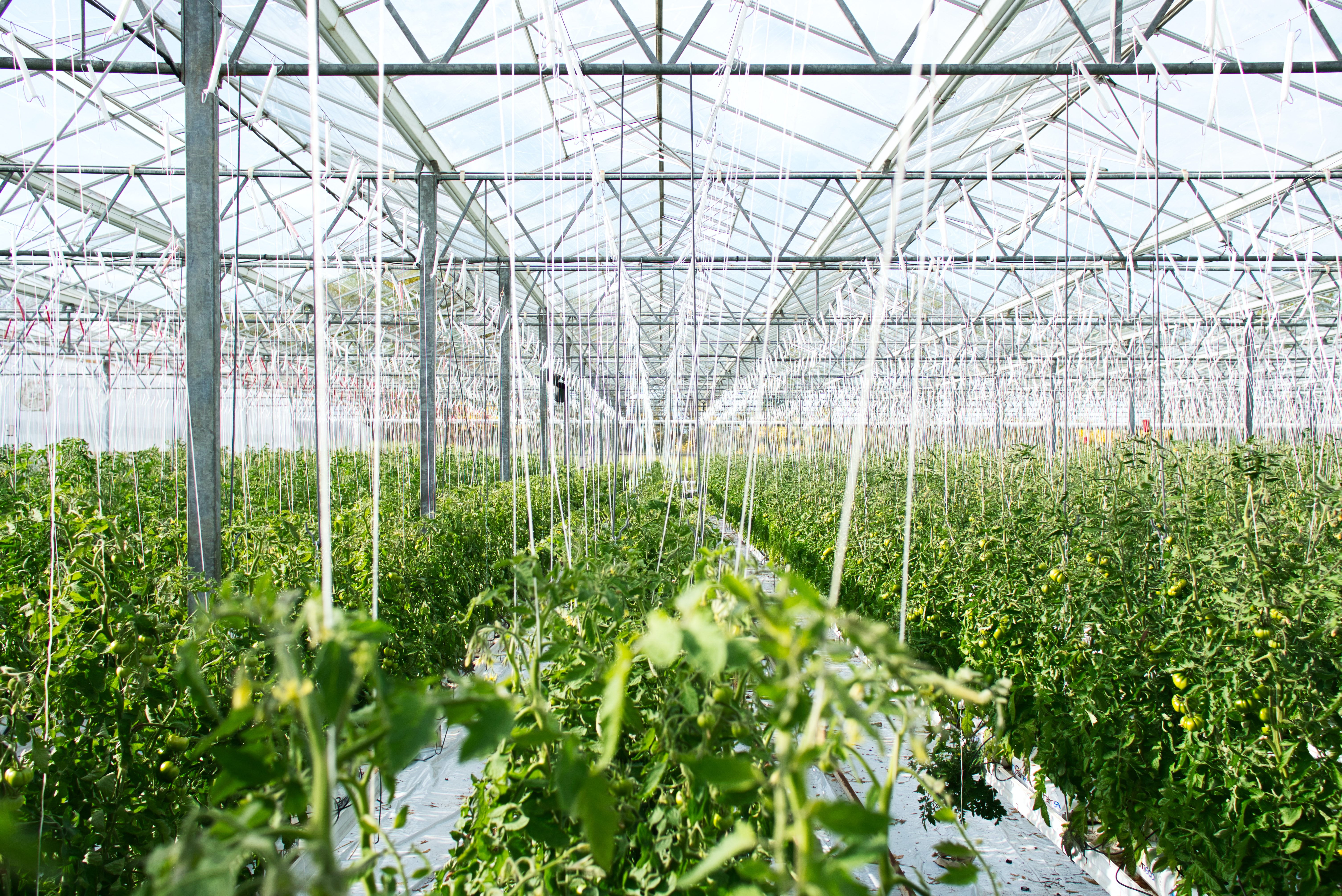Digital World
An Alternative Take on Trade
Adding to the Menu of Agriculture Trade Options
In hundreds of thousands of years, evidence of civilization will not be decaying skyscraper spires, nor meticulously painted canvasses at archeological dig sites. Instead, humans’ imprint on fossil layers will be the trillions of chicken bones left from conventional agriculture. Rather than cultural contributions or scientific breakthroughs, our mark on millions of years will probably capture an era of environmental domination, waste and, counterintuitively, economic inefficiency. That is, of course, if nothing changes.
The Perfect Storm
The confluence of traditional agriculture and extreme climate catastrophes leads to tremendous waste. The practices of contemporary agriculture – where consolidated farms produce huge outputs that are sent elsewhere for processing in a slack-free, assembly-line system – are acutely vulnerable to disruption, as witnessed this year. During the pandemic alone, systemic inefficiency in American agriculture has led to millions of pigs being shot or gassed. In addition to this avoidable loss of animal life, hog farmers will lose $5 billion in revenue this year, by one estimate. For consumers, this means higher prices and less choice. The current system isn’t sustainable — for animals, farmers, consumers or companies. Nor is it sustainable, in the long term, for countries engaging in international trade.
The practices of contemporary agriculture – where consolidated farms produce huge outputs that are sent elsewhere for processing in a slack-free, assembly-line system – are acutely vulnerable to disruption
From technologists and environmentalists to cattlemen in cowboy hats, it seems like everyone has an angle on agriculture. In the trade community, a slow panic swept through in April 2020, as experts wondered which countries would raise trade and labor barriers and hoard their food supplies. This slow-burning fear underscored an issue too rarely discussed: As the climate crisis intensifies and human behavior leads to more pandemics, how do we fortify our global food supply as climate events intensify?
Bolster Ag Tech
The answer lies in agricultural technology and free trade. Agricultural technology comes in many forms: AI-powered precision farming devices, protein extraction from mushrooms, or, as the Good Food Institute’s Bruce Friedrich has described it, “your friendly neighborhood meat brewery.” Last year, the EU announced it would allocate over $10 billion in funding for plant-based protein research. Member states, such as the Netherlands, are also investing heavily in similar research. And two years ago, China signed a $300 million deal with Israel to purchase alternative protein.
Investments in agricultural research tend to have local and national multiplier effects, helping farm communities as well as faraway consumers. In 2019, plant-based protein retail sales hit $5 billion and grew at 11 percent, far outpacing other retail food numbers. Funding open-access research in agricultural technology will offer substantial opportunities for retail markets and will allow researchers, startups, and firms across the world to benefit from the sharing of new ideas. College towns like Columbia, Missouri, can become innovation ecosystems that fortify the domestic food supply and bolster U.S. agricultural exports.
In 2018, the United States shipped $140 billion worth of agricultural goods abroad, making it the world’s top exporter of farm products. In 2019, the EU’s 28 countries (including the United Kingdom) exported nearly $178 billion (151.2 billion euros) in agricultural goods combined. Not only could advanced agricultural technology significantly boost these numbers, but these dollar amounts pale in comparison to the nearly $1 trillion American bioeconomy.

Fortify Free Trade
Alongside agricultural technology, the free flow of goods and services is vital to keeping supply chains functioning smoothly. In a recent Bertelsmann Stiftung survey of attitudes on globalization across 15 countries, 63 percent of respondents said trade is a good or fairly good thing. In the United States, that number was 54 percent.
But the picture changes a bit when globalization is pitted against environmental protection. Sixty-two percent of respondents agreed with the statement that “Globalization leads to the depletion of important resources.” Sixty-two percent also were willing to give up product variety, while 58 percent were willing to forgo cheaper products, if doing so helped the environment.
Policymakers have long taken note: Since 1994, when NAFTA became the first trade pact to link trade and environmental stewardship, governments have demonstrated a willingness to incorporate environmental safeguards into such agreements.
The study also found that Americans do not feel more insulated from the perils of globalization after four years of protectionism and that they see globalization more positively when framed in absolute — rather than relative — terms. In other words, Americans support globalization writ large but may be reticent to support it if given the choice to favor local manufacturing. The right investments in agricultural technology could help square that circle for Americans, yielding the benefits of increased globalization and strengthening domestic economies.
Americans support globalization writ large but may be reticent to support it if given the choice to favor local manufacturing.
Taken together, these findings suggest a continuing appetite for both globalization and stronger climate policy. Additional investment in agricultural technology could encourage globalization, reduce greenhouse gas emissions, and diversify consumer choices. In absolute terms, the world’s food system is imperiled, from the once-lush hillsides of California to the plains of Ethiopia. The United States must act now to grow the economy, safeguard the environment, and establish the country as the global leader in agricultural technology — all while maintaining its position as a top exporter of agricultural goods and services.
Conclusion
As carbon emissions from trade and transport pollute the environment and hasten climate change, the next administration has a clear opportunity to help instill optimism and belief in a better future, which it can achieve by bolstering the domestic bioeconomy and promoting freer, less carbon-intensive trade. Modest government funding of the Internet helped secure American technological dominance. Investing in agricultural technology could cement the United States as an agricultural and climate technology leader and demonstrate that U.S. agricultural technology policy is forward-looking.